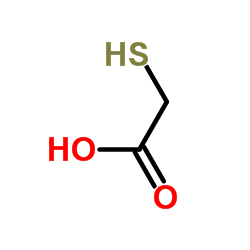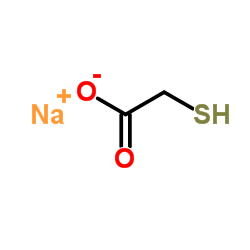| Structure | Name/CAS No. | Articles |
|---|---|---|
 |
Mercaptoacetic acid
CAS:68-11-1 |
|
 |
Ammonium thioglycolate
CAS:5421-46-5 |
|
 |
Sodium thioglycollate
CAS:367-51-1 |